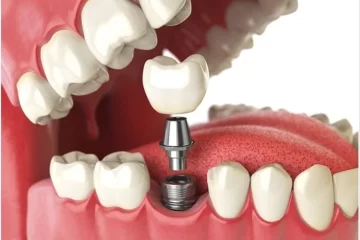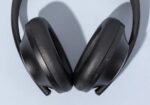Exploring alternative therapies within physiotherapy treatment

A growing interest within the physiotherapy community in integrating alternative and complementary therapies into traditional physiotherapy treatment plans. Physiotherapists are increasingly looking beyond just physical modalities like exercise, manual therapy, and electrotherapy to help their patients. Therapies like acupuncture, pilates, yoga, and massage therapy and combined with traditional physiotherapy to take a more holistic approach to care.
This trend reflects both patient demand and emerging research on the efficacy of these integrative therapies. Many patients are interested in alternatives to medication and invasive procedures for managing their pain and dysfunction. They are drawn to the idea of more natural, holistic treatment options. At the same time, there is a developing body of evidence to support the use of some alternative modalities as adjuvants to conventional physiotherapy treatment.
Benefits of an integrative approach
There are several key potential benefits associated with integrating alternative therapies into physiotherapy practice using multiple modalities elements of a patient’s condition and needs. For example, hands-on therapy like massage addresses soft tissue restrictions, while Pilates strengthens the core and stabilizers. This multimodal approach enhances the overall effectiveness of treatment.
Alternative customized physiotherapy program in Oakville patients play a more active role in their recovery. Practices like yoga encourage movement, body awareness, and self-care. This sense of empowerment is invaluable. Stress, anxiety, depression, and other mental health issues often accompany and even contribute to musculoskeletal conditions. Meditative practices like Tai Chi incorporate deep breathing, mindfulness, and cognitive behavioural techniques to tap into the mind-body connection.
Evidence behind the top alternative therapies
While the popularity of integrative physiotherapy continues to grow, clinical practice must be grounded in scientific evidence. Some alternative modalities have more quality research to support their use than others. Here is a look at the evidence behind the top therapies being integrated into physiotherapy today:
- Yoga- Multiple studies have shown yoga improves pain, mobility, function, and quality of life in various musculoskeletal conditions, including lower back pain, osteoarthritis, rheumatoid arthritis, fibromyalgia, and more. It enhances flexibility, strength, balance, and relaxation.
- Pilates – Systematic reviews have found Pilates to chronic low back pain by strengthening the core stabilizers. There is also evidence it improves balance and mobility for elderly populations. The combination of strength, flexibility, and controlled movements makes it a valuable physiotherapy adjuvant.
- Acupuncture- Though the mechanisms are not fully understood, clinical trials have demonstrated acupuncture short-term pain relief for various musculoskeletal conditions, including knee osteoarthritis, shoulder impingement, and chronic back pain. It may be most effective for acute pain rather than chronic.
Implementing alternative therapies into practice
For physiotherapists interested in expanding their skillset and integrating alternative modalities, here are some tips:
- Get proper training and certifications in the therapies you aim to provide.
- Start small with one or two new modalities and gradually build expertise.
- Be transparent with patients about your credentials and when referrals to other professionals may be appropriate.
- Invest in any needed equipment like yoga mats, Pilate’s reformers, or massage tables.
- Allow enough treatment time to incorporate new hands-on or educational components.
- Document details on the alternative techniques performed including dosing and response.
















